Early literacy skills are not synonymous with learning how to read.
There are many skills that go into building early literacy, and many very simple ways to support the development of early literacy.
Early literacy activities themselves often support all areas of development.
On our corresponding podcast episode, “Think Outside The Text,” we discussed the term “early literacy” and some of the early skills and supportive activities you can do that are involved in building literacy. We touched upon:
- Exposing your baby to text and symbols
- Handling books
- Looking at pictures
During the episode, we used a classic nursery rhyme (“Diddle Diddle Dumpling”) which focuses on the category of clothing items.
Many nursery rhymes and children’s songs are about some category or class of objects – things you find on a bus, animals you find on a farm, various parts on our bodies, etc., so, collecting images from various categories can be very useful for reading or singing activities!
You can find the song,”Diddle Diddle Dumpling” on the Learn With Less: Music For Families musical album! Learn more!
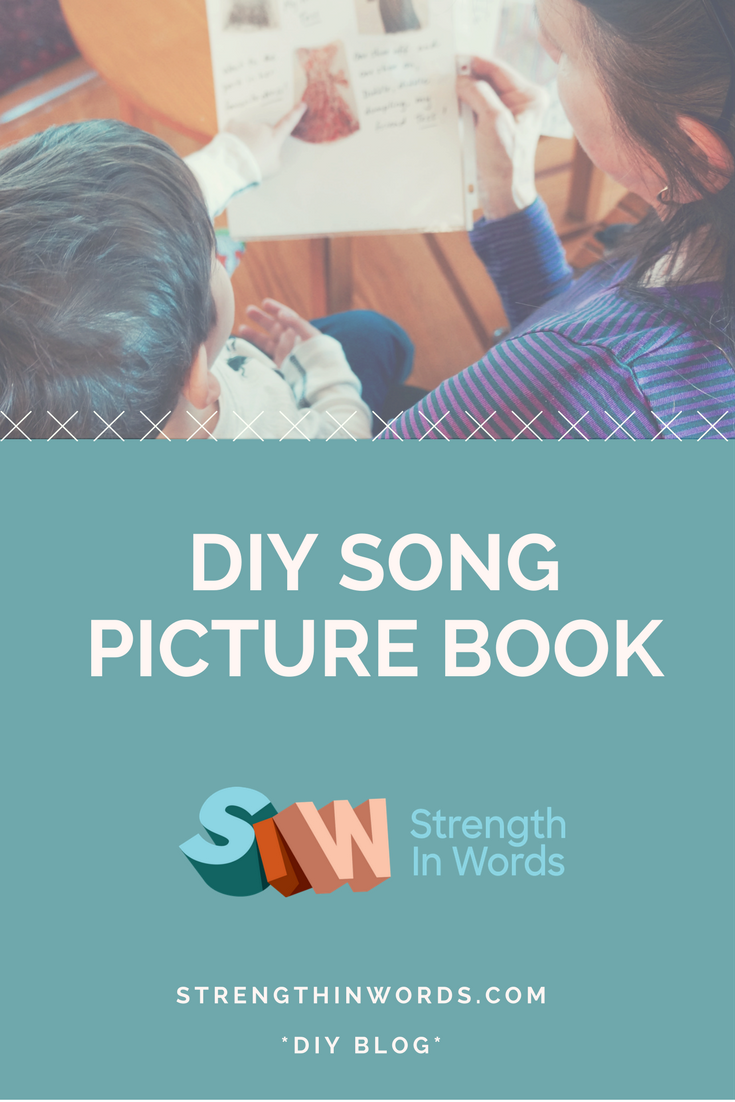
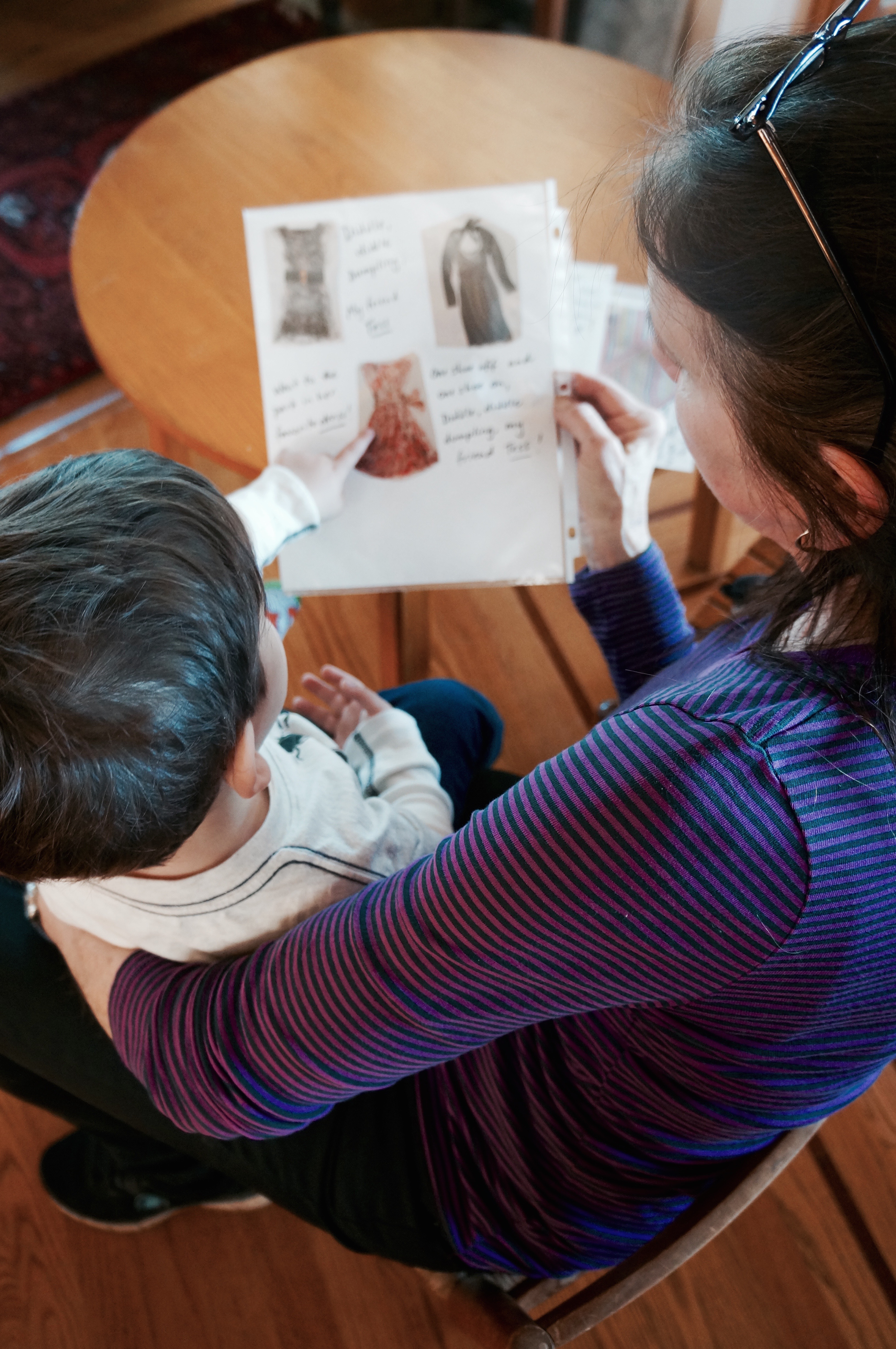
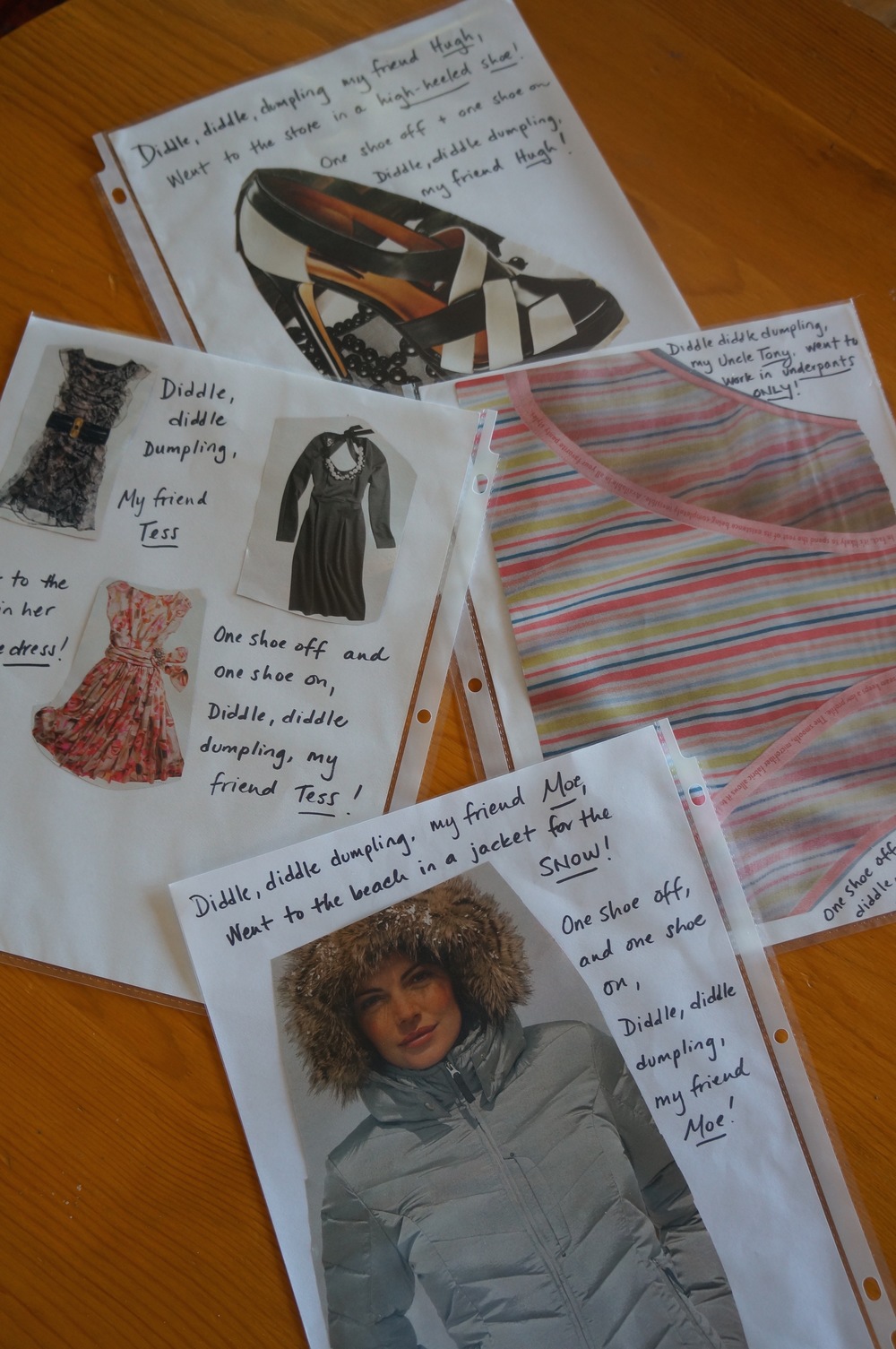
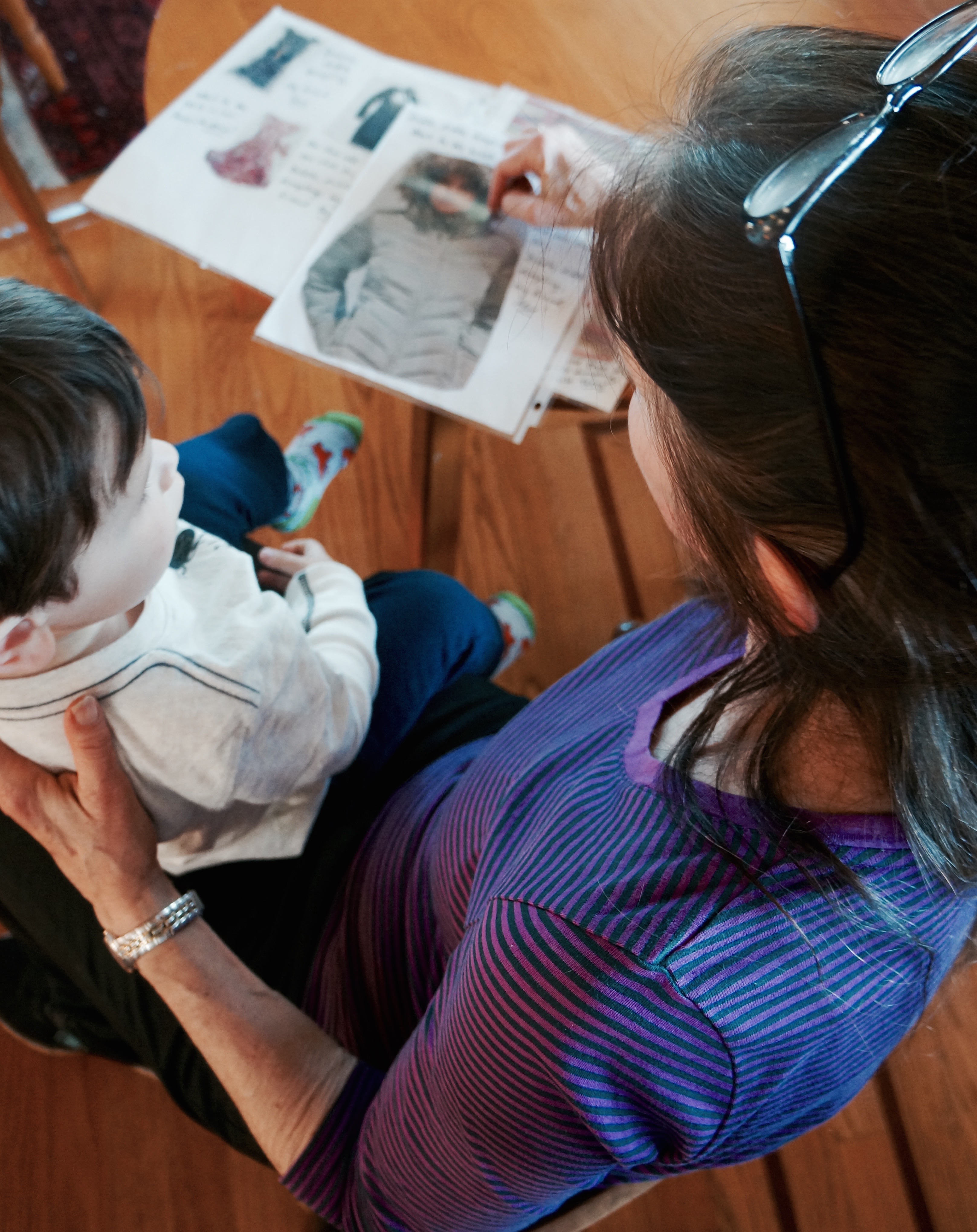
Don't Miss our Corresponding Podcast Episode!
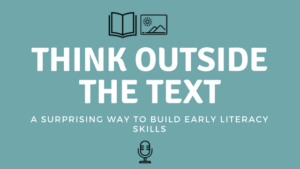
Materials to create your own DIY song picture book:
- A search engine and printer, OR old magazines/catalogues/books/wrapping paper you’re willing to cut up OR pre-made images such as those found below – ensure that your baby can really see the image (should be at least 2 or 3 inches for young babies)
- Cardstock (thicker paper) on which to print or attach your images
- Sheet Protectors for each page
- Binder (hard or soft) or photo album
Instructions to create your own DIY song picture book:
- Decide on a favorite song or rhyme, and how you might choose to both represent and vary the words of that song (what category of items might you be able to represent? Food objects? Animals? Vehicles? Different kinds of people? Actions? Emotions?)
- Find the images you desire and print or cut them up, as the case may be.
- Affix them to the reinforced surface that works best for you, and create a book/album or binder.
Ages
- From around 4 months old, babies typically develop “binocular vision,” allowing their eyes to work together and see farther than the previous 12-14 inches. Around this time, fine motor control and dexterity in the hands also tends to develop enough to allow Baby to reach and grasp (and mouth!) – all developmentally appropriate!
- Homemade books with protective pages, “board books” or “indestructible” books (links can be found below) are great for infants and rough/oral toddlers. If your young baby reaches toward the page, encourage her to help you “turn” the page, naturally modeling positive and gentle ways to handle books.
- For both younger or older babies, using each page as a visual cue to:
- Make up a new verse
- Talk about what you see
- Talk about what sounds the items make,
- Talk about where you have seen them before or where you might see them
- Talk about who might use them
- Talk about when you’ve seen them
- Talk about what you do with them
This post contains affiliate links. All activities described by Learn With Less assume close and continuous supervision of the child by an adult.
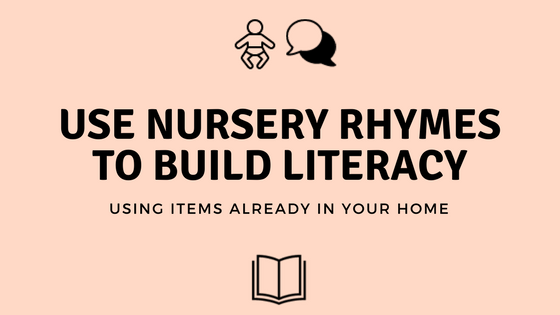
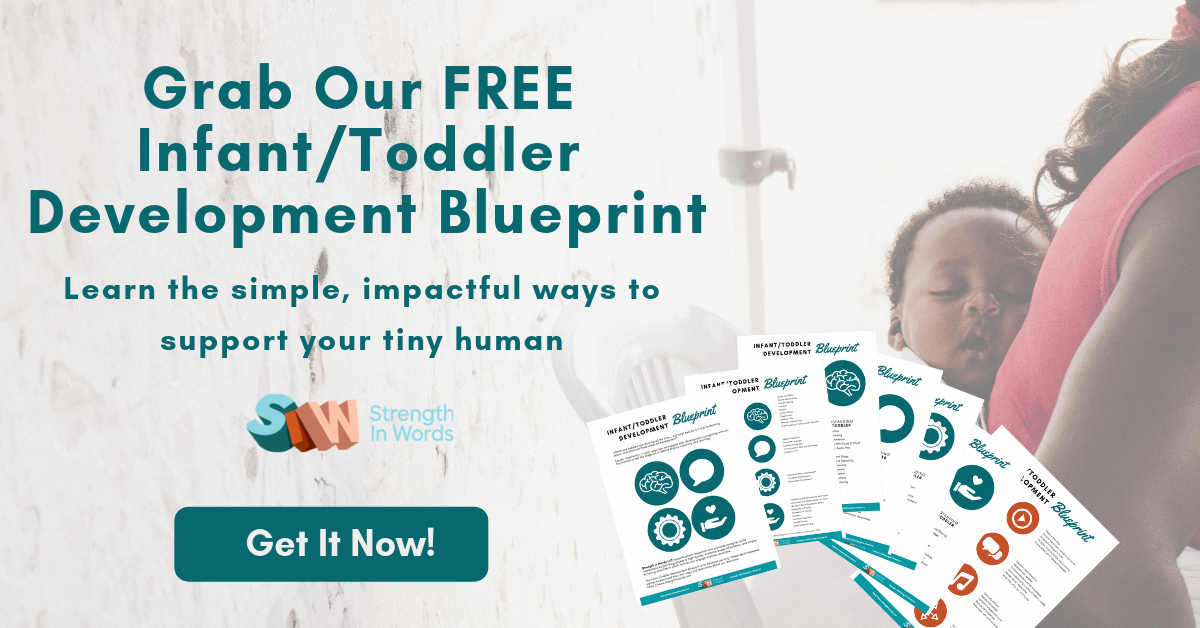
ToddlerApprovedTuesday great use of old magazines!
What a great way to engage babies and young toddlers visually while hearing songs